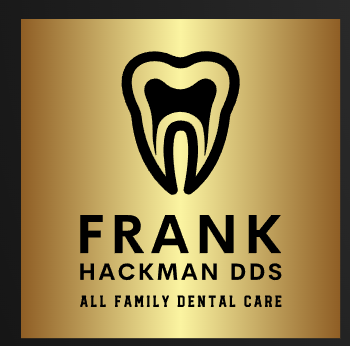Ultrasonic cleaning is an efficient and safe method for cleaning a variety of products. It is used for cleaning metals, plastics, lenses, and many other items. This type of cleaning is also known for its ability to remove contaminants, such as grease, oil, fingerprints, and mineral deposits. Compared to other cleaning methods, ultrasonic cleaners are safer and environmentally friendly. In addition, they can remove stubborn deposits that conventional methods cannot.
Before you use an ultrasonic cleaner, consider what type of material you are cleaning. If you are cleaning metals, consider a cleaning solution that is suited to the material you are working with. You may want to use a water-based solution for sensitive or delicate items. However, solvent-based solutions may be necessary for larger industrial tasks. A solvent-based solution is more effective at removing abrasive materials, such as rust and oxides.
Ultrasonic cleaners come in different shapes and sizes. They can be used to clean delicate parts such as watches, or for more demanding industrial tasks. An ultrasonic cleaner is composed of an electrical generator and a tank filled with an aqueous solution. The system includes a heater to control the temperature of the solution.
Ultrasonic cleaning can also be used on dental tools and instruments. The ultrasonic waves used are strong enough to penetrate even the smallest crevices of dental items, allowing them to be cleaned efficiently. Unlike non-ultrasonic cleaning, ultrasonic cleaning does not damage the part being cleaned, making it safer and more effective. Besides, the process is faster and more thorough.
The primary benefit of ultrasonic cleaning is its ability to reach the smallest spaces and to clean a wider range of objects. Unlike other types of cleaning, this method does not require much intervention from the operator, thereby improving the efficiency of the cleaning process.
While non-ultrasonic cleaning uses high-pressure hoses, ultrasonic cleaning uses vibrations to generate cavitation. The cavitation process causes millions of tiny bubbles to form in the liquid. These bubbles form at high pressures. As the bubbles rise to the surface, dissolved gasses are released. When the dissolved gasses are dissolved, the pressure increases and the voids move upwards into a jet, causing scrubbing action on the surface of the product.
Depending on the kind of contaminant, an ultrasonic cleaning solution may include additives and wetting agents. For example, an ultrasonic cleaning solution for medical instruments can be used to remove blood and tissue. Other common contaminant elements that are removed include dirt, dust, and oils.
Non-ultrasonic cleaning is a more invasive process that requires the dismantling of the item being cleaned. Compared to an ultrasonic cleaning, these techniques often involve waste and can lead to unnecessary damage of the item being cleaned. Furthermore, they are usually not effective when it comes to removing complex assemblies and pieces.
In addition to its benefits, ultrasonic cleaning has been shown to reduce equipment repair and replacement costs, reducing the environmental impact of the business. Additionally, it has been proven to be more effective in cleaning fabricated metal parts.





2 thoughts on “The Advantages of Ultrasonic Cleaning Over Traditional Methods in the Dent”